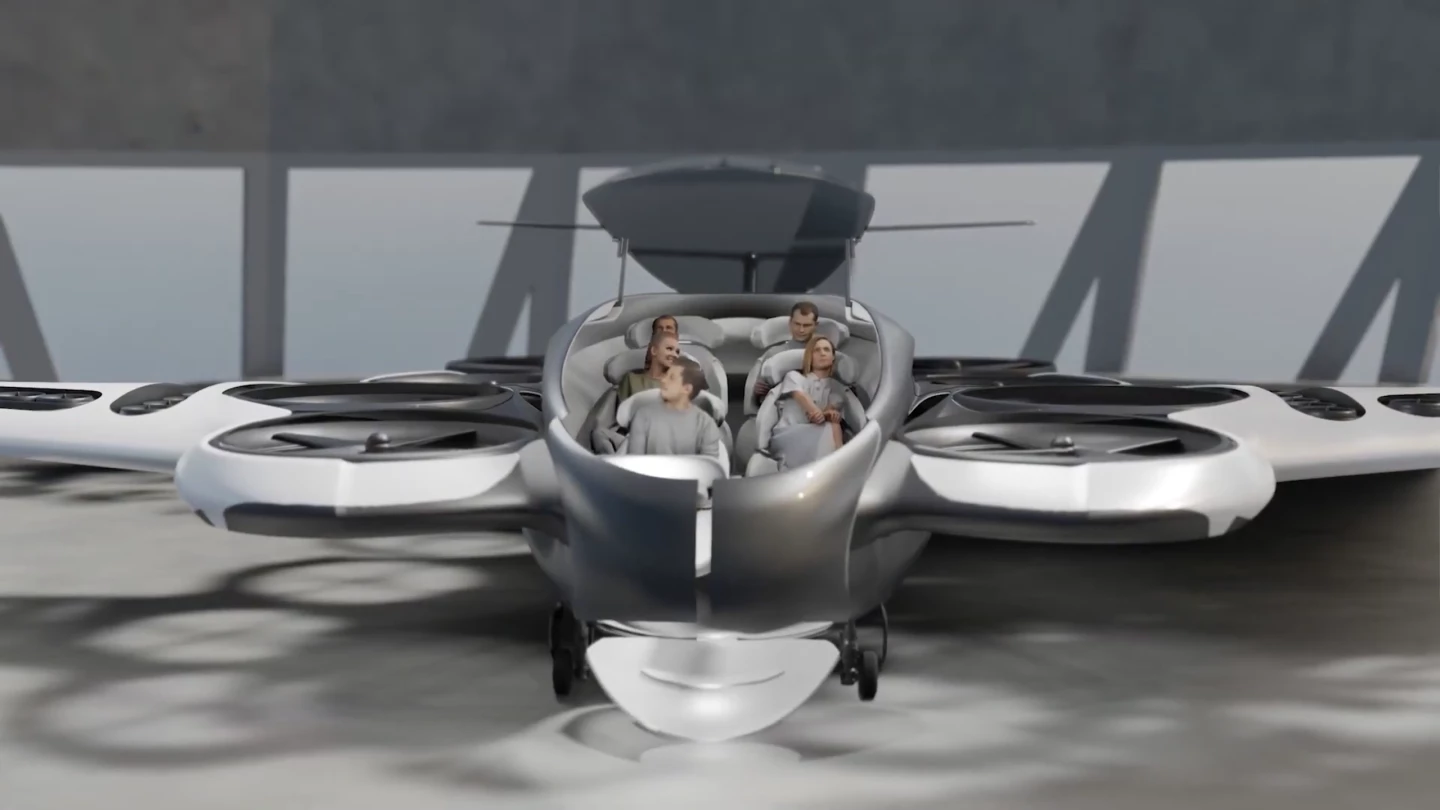Paragon VTOL Aerospace is working on a second-gen version of its nine-seat Soar air taxi design, and it's settled on hydrogen-burning engines for a powertrain it claims will deliver monster range figures between 300-900 miles (480-1,450 km), depending on passenger numbers.
Soar is an interesting lift and cruise airframe design, chiefly lifted by eight large, ducted electric fans running along the sides of the fuselage. A number of smaller fans out wider on the aircraft's wings are presumably more for agile response and quick stabilization than for bulk lift. The rear two large fans are designed to tilt upward and provide forward thrust for winged flight.
The cabin in the current renders is a six-seater, and was designed for 500-mile (805-km) range figures using a hybrid-electric powertrain. In an interview with FutureFlight, Paragon founder Dwight Smith revealed that the design as pictured would end up being too loud using the off-the-shelf parts available.
The new design, targeted for its first prototype test flights in early 2022, will start out running a battery system fed by a hydrogen-fueled combustion engine acting as a range extender. Smith doesn't appear interested in fuel cells at this point, believing that directly burning the hydrogen will get the best bang for buck, and the current plan is for the production version to run a combustion engine using liquid hydrogen as fuel.

That does raise the difficulty Paragon will have getting its vehicle to market; aviation-grade liquid hydrogen systems are in an embryonic state currently, making the company's 2024/5 target for commencement of commercial service seem very optimistic. Then there's the matter of money; upwards of a billion dollars will be needed, and Paragon has been relying on private funding to this point.
But the company is moving to kick things into high gear, making plans to build a factory and VTOL vertiport hub on 730 acres of land in Brownville, Texas, close to the SpaceX launch facility on the Eastern tip of the Mexican border. We look forward to seeing the new design, and following Paragon's progress with hydrogen combustion.
Check out a silent render video below.
Source: Paragon VTOL Aerospace via FutureFlight








